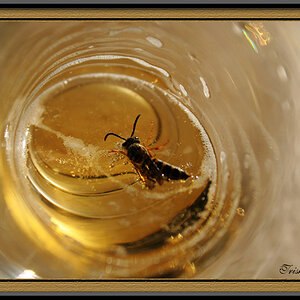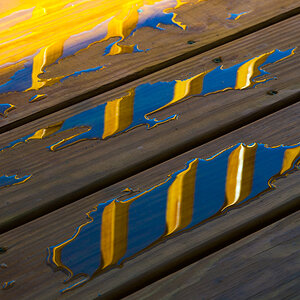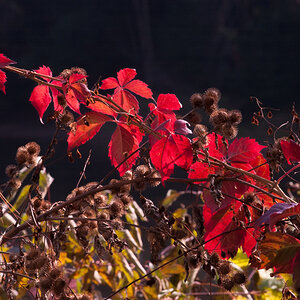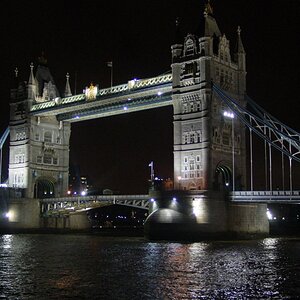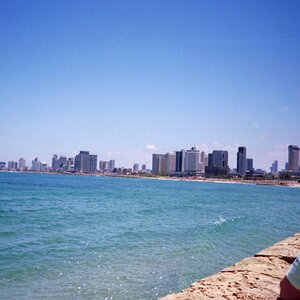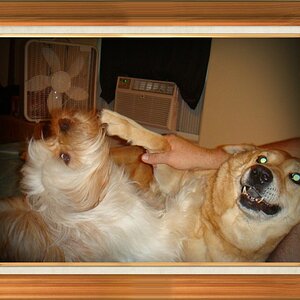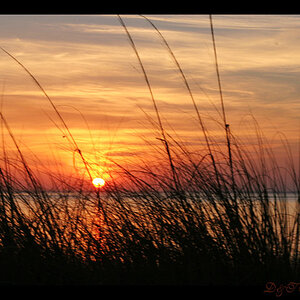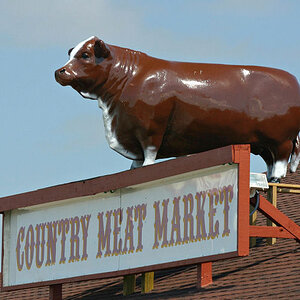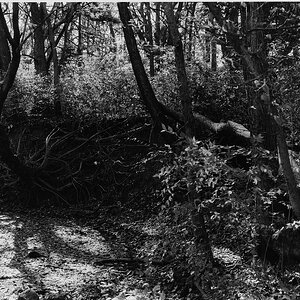NEPats37
TPF Noob!
- Joined
- Feb 10, 2007
- Messages
- 76
- Reaction score
- 0
- Location
- Rhode Island
- Can others edit my Photos
- Photos OK to edit
Well I've never used a gray card before and had a few questions. I'll be using it during an air show in order to avoid under exposing the planes. So I simply wanted to know when metering the gray card do I hold it in the same light as the plane will be in. For example if the plane is in a really bright sky do I try to get the gray card in the same light.
I also read that you should increase exposure by +0.5 stops from the reading you get from the gray card. Is this true?
Thanks
I also read that you should increase exposure by +0.5 stops from the reading you get from the gray card. Is this true?
Thanks







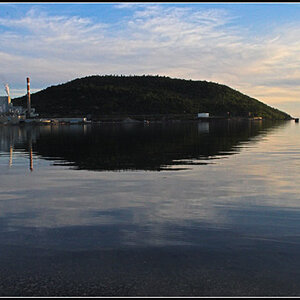
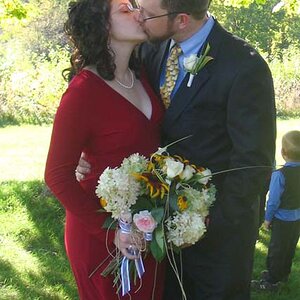
![[No title]](/data/xfmg/thumbnail/34/34074-6a0944aed6e17bffefb06aa0a3d41840.jpg?1619736266)
